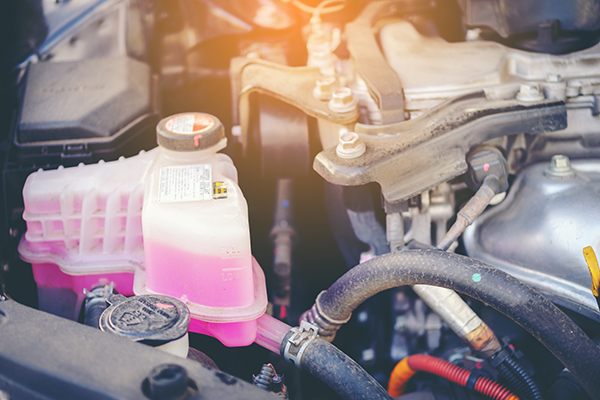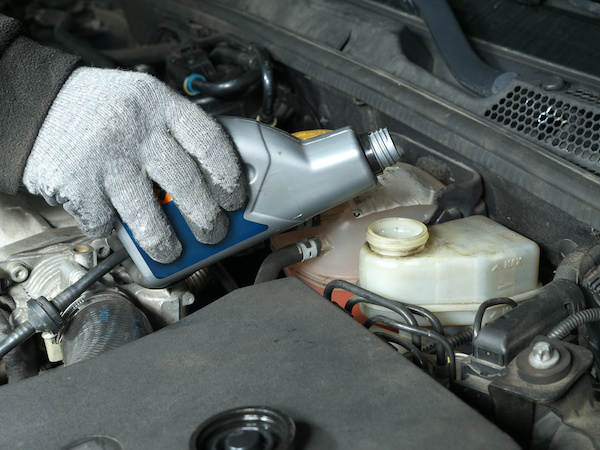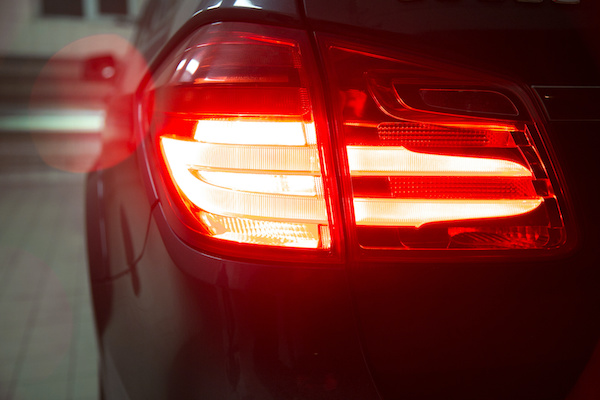Posted on 12/16/2020
.jpeg)
Fuel injectors are a preferred choice of fuel delivery system in the engine for vehicle manufacturers nowadays. Injectors have taken over the job of their predecessors-carburetors, in a much more technologically and environmentally efficient way. Understanding Fuel injector A fuel injector provides fuel for the internal combustion process in the engine to produce energy. A fuel injector is managed by the internal computer of the vehicle, which directs the time, pressure, direction, and frequency of fuel delivery in the combustion cylinder. The spray of fuel inside the cylinder results in the ignition of hot, compressed air and a small explosion that moves the pistons forcefully to generate power. Indications of a Malfunctioning Fuel Injector An efficient and clean fuel injector is vital for optimal engine performance, emissions, and fuel efficiency. It is essential to perform proper and regular maintenance of the fuel injector to prevent any disruption in the engi ... read more
Posted on 11/29/2020

Coolant prevents the engine’s hot metal parts from overheating and causing extensive damage. Adequate coolant levels are necessary to keep your radiator, water pump, thermostat, and hoses working in top condition. Coolant serves a few helpful benefits. It transfers the heat produced in the engine to the radiator and prevents engine freezing during cold weather. It also keeps the engine healthy by preventing corrosion within the gasket and other essential components. The cooling system needs regular maintenance because coolant can degrade, and holes can develop within the system with time. A hole inside the cooling system can cause severe damage to your vehicle. Some of the costliest damage is caused by the engine overheating. To prevent future repairs, your coolant should be inspected at least twice a year. To help you stay informed of potential problems, we’ve listed three common warning signs that your vehicle has a coolant leak. There is leaked coola ... read more
Posted on 10/30/2020

Fall is the best season to check your vehicle’s fluids. Your car has to work overtime during summers in Northridge. Hot temperatures take a toll on your car, but proper maintenance can prevent breakdowns and costly repairs. Several fluids work together to power your vehicle. This fall, your maintenance routine should include checking these five critical fluids to keep your vehicle running strong for October car care month. Engine Oil The engine oil is like the blood of your vehicle; it allows the engine to function optimally. The engine oil should be changed regularly during your oil change. Furthermore, many new cars now require synthetic oils. While oil changes are essential, don’t let them stop you from inspecting the engine oil every month to ensure the oil quality is still in good condition. Coolant/Antifreeze ... read more
Posted on 9/24/2020

Cars are not heatproof. Whether a vehicle is fresh off the lot or a high mileage old faithful, protection against the sun is essential. UV rays don’t just affect the paint; too much heat can also kill car batteries and affect the engine. If resale value, high performance, and longevity is a priority, sun damage must be prevented. Below are a few practical tips to protect your vehicle from the sun. Keep your car clean. Staying on top of car washes removes minerals, dirt, debris, and dead bugs from the surface of your vehicle. If left on your car, the sun can cause these particles to become stuck and fade the paint. Some bugs have a bacterial decomposition that releases acids that can damage the paint surface. A run through the car wash with wax can offer maximum protection. Park in the shade. If you’re in a rush, it’s easy to choose a parking spot in the direct sunlight. If possible, take additional time to find a shaded parking spot. The ... read more
Posted on 8/31/2020

Safety is paramount the moment you start your car. While your seat belt is one of the most critical safety features, your brakes and tail lights are not far behind. Your brake lights illuminate to let the drivers behind you know that you’re slowing down or preparing to stop. In comparison, your tail lights are only activated when your headlights are turned on. They help with nighttime visibility or severe weather, such as heavy rain. Both lights work together to provide a safe driving experience. However, what happens if your tail lights are fully functioning, but your brake lights aren’t? Below are a few common reasons why this would occur: Malfunctioning Turn Signal Switch In some vehicles, the turn signal switch and the brake light share the same circuit. If the turn signal switch isn’t working, the other may not be either. Once the wire is replaced, both should be fixed appropriately. Blown Out Light Bulbs If you have an older v ... read more